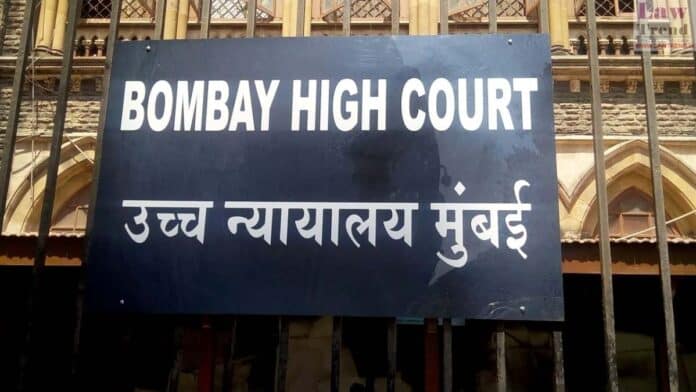The Bombay High Court has directed the Maharashtra government to take concrete steps toward the protection and preservation of ancient petroglyph and geoglyph sites in the state’s Ratnagiri district, many of which feature on UNESCO’s tentative list of World Heritage Sites.
A division bench comprising Chief Justice Alok Aradhe and Justice Sandeep Marne issued the directive while hearing a public interest litigation (PIL) filed by two local farmers and a government employee. The petitioners had raised alarm over the lack of protective measures for these fragile archaeological sites, which contain prehistoric rock carvings and surface engravings offering vital insight into early human civilisation.
In response, the state government submitted an affidavit outlining its recent efforts. The Directorate of Archaeology and Museums has initiated a systematic survey of the sites, and proposals for their formal protection are under review by the Department of Tourism and Cultural Affairs.
The affidavit also referred to a 2021 submission by the Archaeological Survey of India (ASI) to UNESCO, proposing the inclusion of nine petroglyph sites across Maharashtra and Goa on the World Heritage list. Among the proposed sites in Maharashtra are Kasheli, Rundhetali, Devache Gothane, Barsu, Devihasol, Jambhrun, and Ukshi in Ratnagiri, and Kudopi in Sindhudurg.
A key concern raised in the PIL was the potential threat posed by a proposed oil refinery project in Ratnagiri. In a significant move, the Maharashtra Industrial Development Corporation (MIDC) has temporarily halted land acquisition at two critical sites—Devache Gothane and Barsu. Instead, it has proposed a “pass-through” acquisition model, allowing industries to negotiate directly with local landholders while preserving heritage zones.
Taking note of the affidavit and pending proposals, the high court directed the state and its archaeology department to utilise the ₹4 crore fund allocated for the development of these heritage sites. The court made it clear that the funds should be deployed for preservation, conservation, and long-term maintenance of the petroglyph and geoglyph locations.
Further, the court allowed the petitioners to submit suggestions regarding site management and ordered the concerned authorities to consider these recommendations seriously.
“These rock art sites are invaluable cultural assets that deserve the highest level of protection,” the bench remarked, emphasising the state’s responsibility to safeguard Maharashtra’s ancient heritage for future generations.




